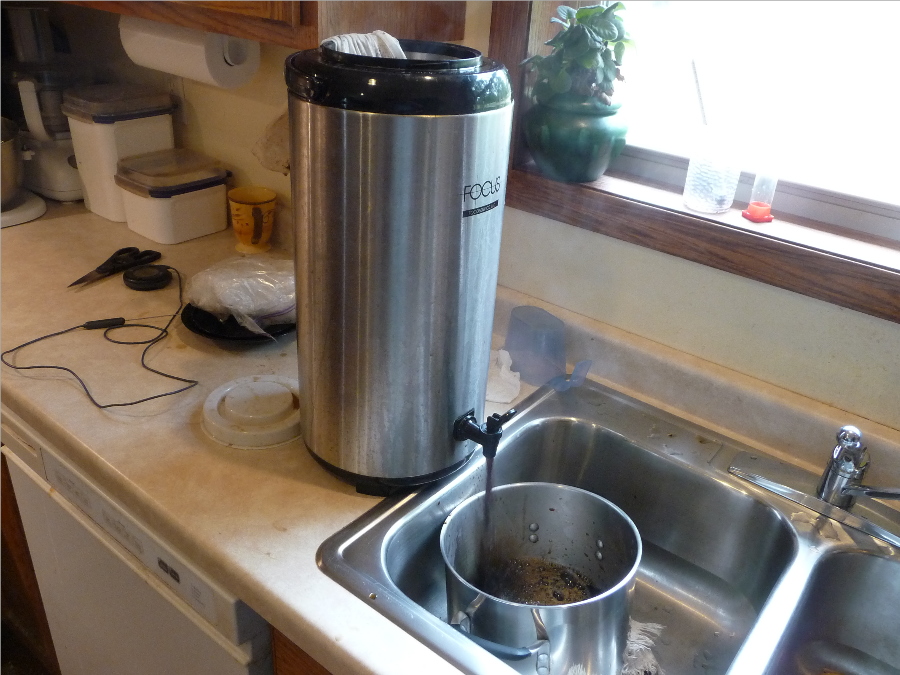God Emporer BillyBrew
Well-Known Member
So how hard and why should I try out a partial mash? Seems like I've read on here how some one had just heated water and held it at like 150 degrees or something then rinsed it with a couple of gallons of water.
Seems pretty easy. But does it make much difference? Do you think you can taste your grains more? Maltier?
If it made much difference, it would be a good bang for the buck, so to speak.
Seems pretty easy. But does it make much difference? Do you think you can taste your grains more? Maltier?
If it made much difference, it would be a good bang for the buck, so to speak.











![Craft A Brew - Safale S-04 Dry Yeast - Fermentis - English Ale Dry Yeast - For English and American Ales and Hard Apple Ciders - Ingredients for Home Brewing - Beer Making Supplies - [1 Pack]](https://m.media-amazon.com/images/I/41fVGNh6JfL._SL500_.jpg)
















































